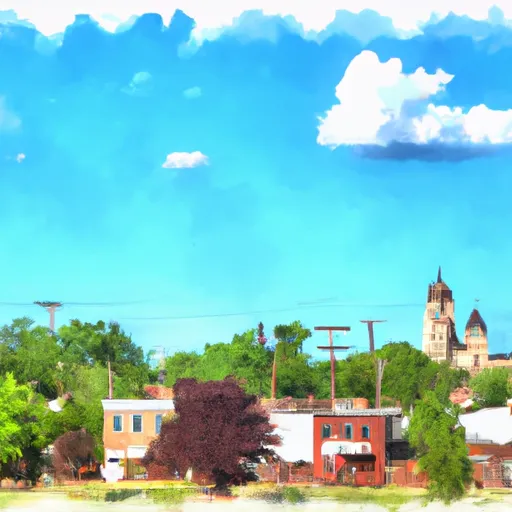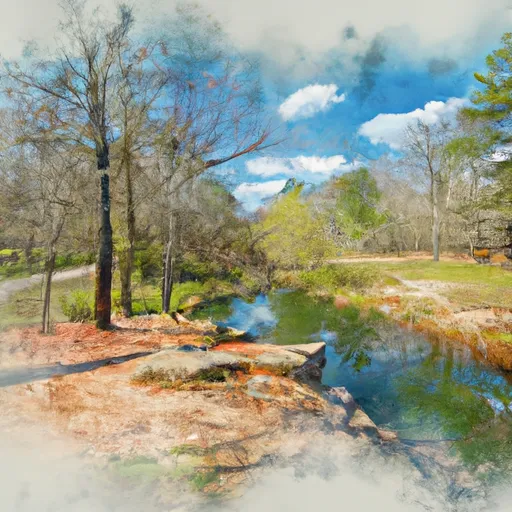°F
°F
mph
Windspeed
%
Humidity











De-Witt, Missouri is a small town located in the central part of the state. The climate in De-Witt is classified as humid subtropical, with hot summers and mild winters. The area receives an average annual rainfall of 42 inches and experiences occasional flooding due to its proximity to the Missouri River. The hydrology constituents in the area include the Missouri River and several small creeks and tributaries. Outdoor recreation opportunities in De-Witt include fishing, boating, and hunting in nearby conservation areas. The town also has several parks and trails for hiking and biking.
Weather Forecast
De-Witt receives approximately 1000mm of rain per year, with humidity levels near 82% and air temperatures averaging around 12°C. De-Witt has a plant hardyness factor of 6, meaning plants and agriculture in this region thrive during a short period during spring and early summer. Most plants will die off during the colder winter months.
Regional Streamflow Levels
154
Cubic Feet Per Second
124
Cubic Feet Per Second
361
Cubic Feet Per Second
10
Cubic Feet Per Second
Nearby Camping
| Camping Area | Reservations | Toilets | Showers |
|---|---|---|---|
| Steel Creek - Buffalo National River | |||
| Mill Creek - Table Rock Lake | |||
| Cricket Creek | |||
| Haw Creek Falls | |||
| Long Pool | |||
| Lost Valley - Buffalo National River |



